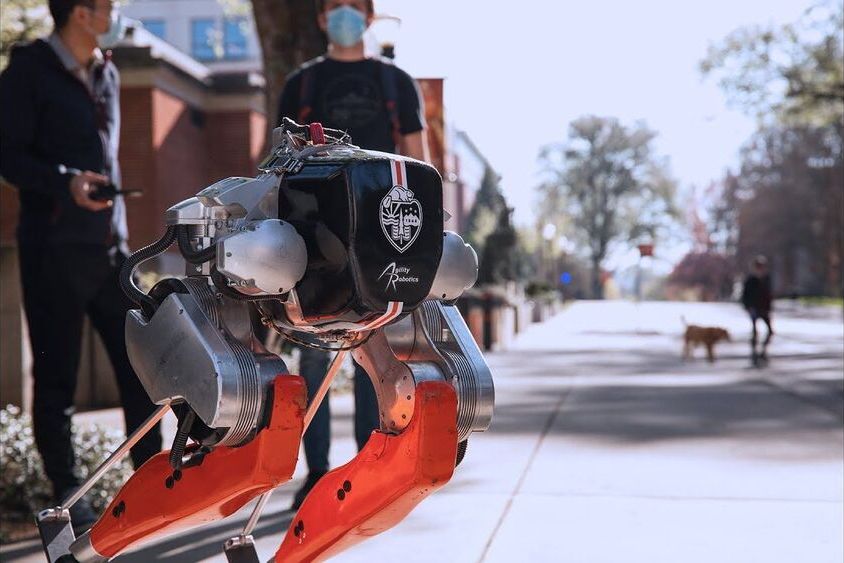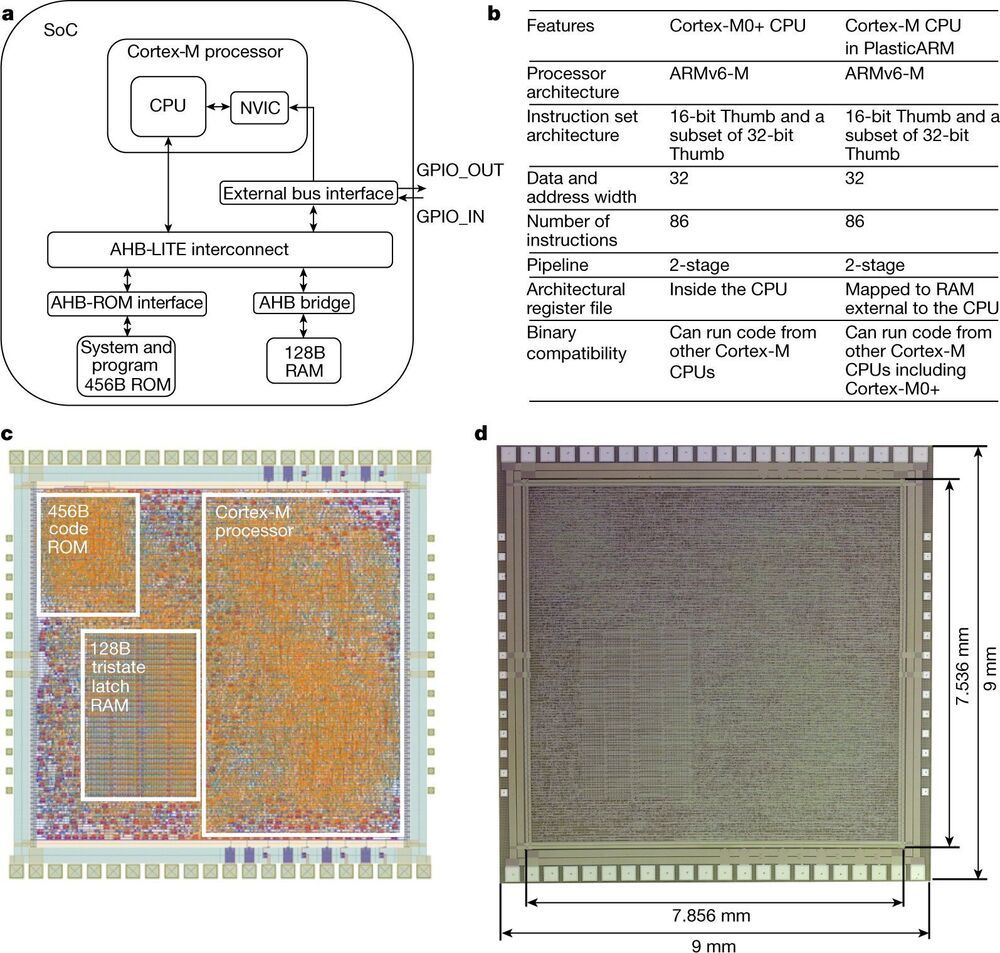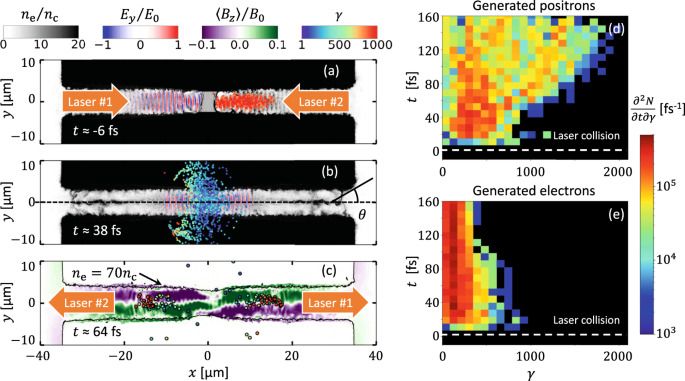Jul 28, 2021
New Research Finds Children With Autism Have a Distinctive Gut Microbiome
Posted by Jason Blain in categories: biotech/medical, neuroscience
Several Clostridium species enriched in children with autism closely interacted with each other and formed a connected group. Clostridia species have been linked with autism via the production of clostridial toxins which can damage the central nervous system, point out the researchers.
Significantly fewer gut bugs linked to neurotransmitter activity.
Children with autism seem to have a distinctive and underdeveloped range and volume of gut bacteria (microbiome) that isn’t related to their diet, suggests a small study published online in the journal Gut.
Continue reading “New Research Finds Children With Autism Have a Distinctive Gut Microbiome” »


















